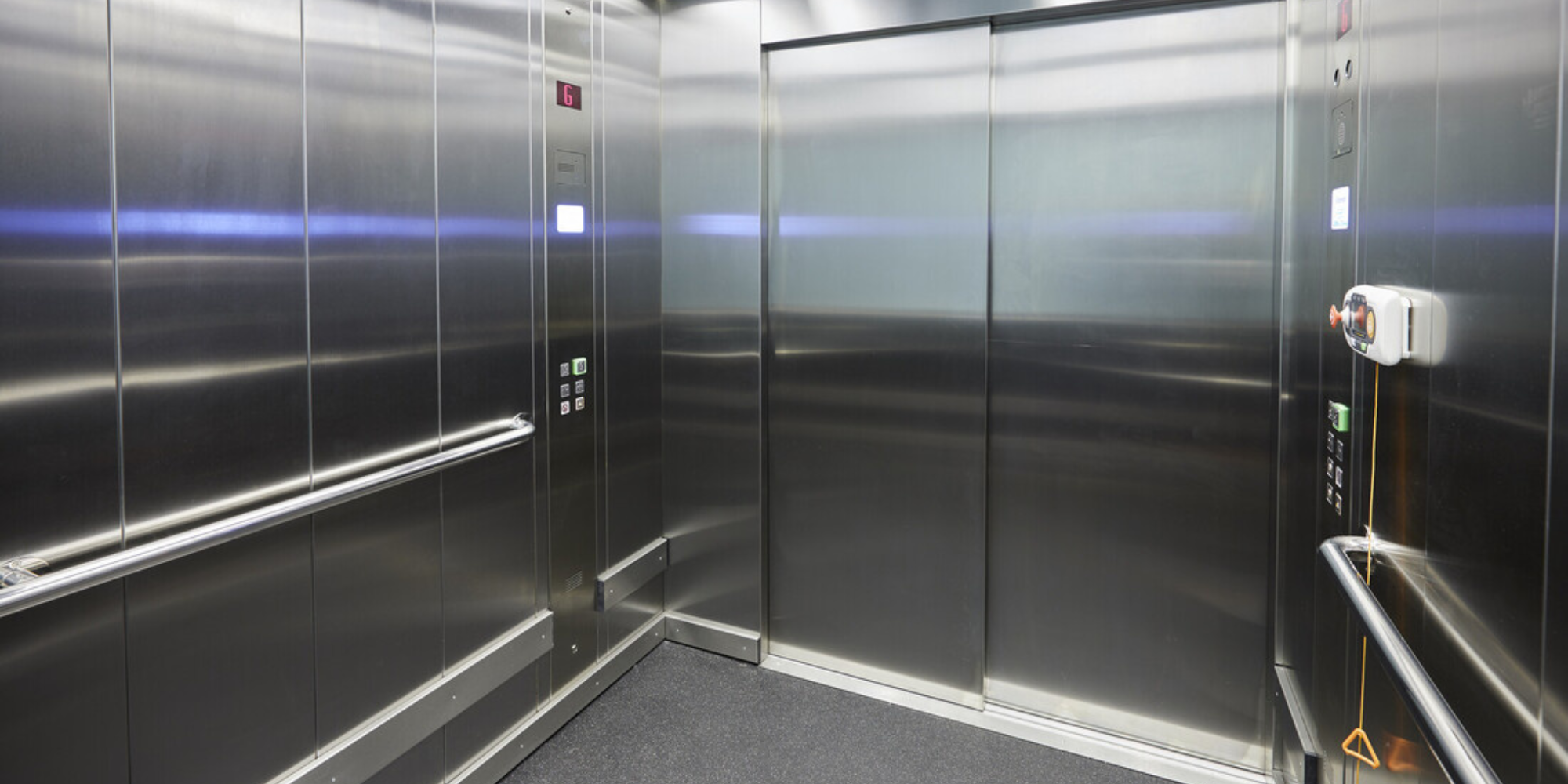Budget-friendly Lift Repair Near Me: Expert Service Technicians at Your Service
Wiki Article
Exploring the World of Elevators: Typical Issues Encountered by Numerous Lift Devices
As we navigate via the vertical transportation systems of modern buildings, elevators stand apart as an important element of our every day lives. However, behind their smooth procedure exists a world of intricate mechanisms that can sometimes experience difficulties. From hydraulic elevators to grip systems and machine-room-less layouts, each lift type comes with its collection of typical problems. Recognizing these challenges is important for ensuring the smooth functioning of these vital systems. Let's check out the intricacies that underlie the procedure of elevators and the potential problems that can emerge, clarifying the complex web of lift mechanisms.Hydraulic Elevators
Hydraulic elevators, commonly liked for low-rise buildings, utilize fluid pressure to manage the motion of the lift cars and truck (lift repair companies). This device includes a hydraulic pump pushing oil into a cyndrical tube, creating the elevator to relocate in the desired instructions. While hydraulic elevators are recognized for their smooth and peaceful procedure, they do come with their very own collection of usual issuesOne widespread trouble with hydraulic lifts is oil leak. Additionally, issues with the control system, such as faulty shutoffs or a malfunctioning pump, can create disturbances in the lift's movement.
Normal maintenance and punctual repair work are vital to guarantee the smooth performance of hydraulic elevators. By resolving these usual concerns proactively, building owners can lessen downtime and guarantee the safety and security and efficiency of their upright transport system.
Grip Lifts
When considering vertical transportation systems in buildings, an additional typical type besides hydraulic lifts is the grip lift. Grip lifts run making use of a system of ropes and counterweights that relocate the elevator cars and truck by gripping onto the hoist ropes. This mechanism enables smoother and faster vertical transportation contrasted to hydraulic systems.Among the usual concerns faced by traction elevators is rope wear. The consistent activity of the ropes within the grip system can lead to tear and wear gradually, potentially creating the lift to malfunction or become dangerous for usage. Routine evaluations and upkeep of the ropes are essential to make certain the lift's proper functioning and safety.
Another problem that grip elevators might experience is related to the control system. Problems with the control system can cause problems such as unpredictable motion, delays in reaction times, and even full closures. Regular screening and maintenance of the control system are vital to avoid such concerns and make sure the lift's dependability.
Machine-Room-Less (MRL) Elevators
Among the crucial parts of MRL lifts is the small gearless traction device that is set up within the hoistway. This machine effectively drives the lift vehicle without the requirement for bulky tools discovered in traditional grip elevators. Furthermore, MRL elevators usually use a weight system to balance the vehicle, more enhancing their energy effectiveness.
Regardless of their benefits, MRL lifts might face difficulties connected to upkeep and repair work as a result of the restricted room for equipment installation. Ease of access for servicing parts within the shaft can be restricted, calling for specialized training for specialists. Correct maintenance routines and regular evaluations are critical to ensure the continued smooth procedure of MRL lifts.
Overloading and Weight Limit Issues
Are lifts furnished to manage excess weight lots effectively and securely? Straining and weight limit problems are vital worries in lift procedures. Lift makers layout raises with certain weight capacities to make sure guest safety and equipment durability. Surpassing these weight restrictions can result in numerous troubles, consisting of mechanical failings, delays, and security risks.When lifts are overloaded, it places too much strain on the electric motor, wires, and other parts, possibly triggering breakdowns or malfunctions. If they find excess weight, security systems such as sensors and overload sensors are in area to protect against elevators from relocating. Additionally, going beyond weight restrictions can lead to boosted energy intake and damage on the lift system.
To minimize straining problems, developing managers should plainly show weight limits in elevators and educate passengers on the value of sticking to these restrictions - lift repair companies. Routine maintenance checks by certified specialists can additionally help make certain that elevators are operating within risk-free weight specifications. By addressing overloading and weight restriction concerns proactively, structure proprietors can improve lift safety and security and performance
Electrical System Failures
Surpassing weight restrictions in lifts can not just lead to mechanical concerns however additionally possibly add to electrical system failures within the lift facilities. Electric system failings are a critical problem in elevator procedure, as they can cause unanticipated closures, malfunctions, and even security hazards. One usual electrical problem is the overheating of elements because of extreme current circulation triggered by overwhelming the lift past its capacity. This can bring about damage to the motor, control, or circuitry systems, resulting in expensive repairs and downtime.Normal upkeep and examinations are crucial to determine and resolve possible electrical problems without delay, guaranteeing the safe and efficient operation of lift systems. By sticking to weight limitations and carrying out regular electric system checks, london lift company building proprietors can minimize the danger of electric failures in elevators.
Final Thought

Hydraulic lifts, commonly chosen for low-rise buildings, use fluid stress to regulate the activity of the lift automobile.When considering vertical transport systems in buildings, an additional common type aside from hydraulic lifts is the traction elevator. Traction elevators operate utilizing a system of ropes and weights that move the lift cars and truck by clutching onto the hoist ropes. Unlike traditional elevators that need a different maker space to house the devices, MRL elevators incorporate most of the elements within the shaft, getting rid of the requirement for a committed machine space.In verdict, elevators face usual concerns such as hydraulic malfunctions, grip system failings, and electrical system problems.
Report this wiki page